How to Plan for Aging in Place: Five Key Factors
Almost no one wants to live in a nursing home. But staying in your home as you grow older is more complicated than you may think. We ask the experts for advice.
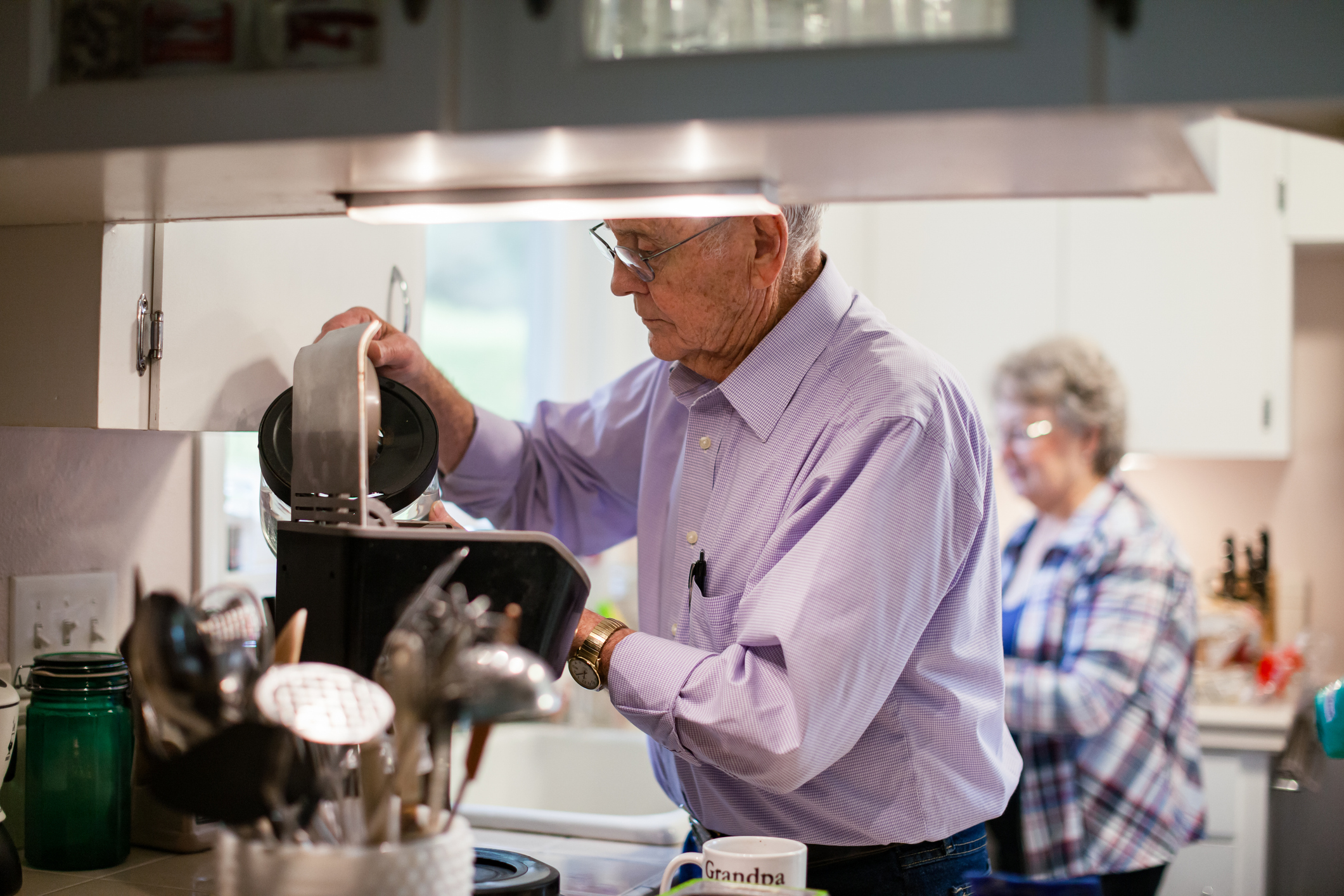
The vast majority of older adults say they want to live out their years in their own homes rather than in institutional assisted-living or nursing facilities. Doing so successfully takes a combination of planning, resources and luck — and an honest assessment of what’s possible.
“Aging in place helps us maintain access to resources in the community and social connections; it supports our independence,” says Emily Nabors, associate director of innovation for the National Council on Aging. “Homes are places of comfort and privacy and security and they contain our memories. Homes are where so much of our lives take place and they can really be part of our identity.” Staying in the home also enables people to maintain control over their daily lives.
No wonder 75% of adults aged 50 and older wish to stay in their homes as they grow older, according to a survey by AARP.
From just $107.88 $24.99 for Kiplinger Personal Finance
Become a smarter, better informed investor. Subscribe from just $107.88 $24.99, plus get up to 4 Special Issues

Sign up for Kiplinger’s Free Newsletters
Profit and prosper with the best of expert advice on investing, taxes, retirement, personal finance and more - straight to your e-mail.
Profit and prosper with the best of expert advice - straight to your e-mail.
But “not everyone considers the actions they need to take to make sure that's possible,” Nabors says.
When charting out your golden years it helps to look at five categories:
- Yourself
- Your home
- Your support system
- Your community
- When you can’t stay home anymore
What do you need to know about how to prepare and what challenges you might face?
1. Aging in place: consider yourself
Your plan should take into account your health and mobility, as well as your cognitive abilities and relationships. How will your future play out? How you spend your time also needs to be considered, says Carol Chiang, an occupational therapist who owns Evolving Homes, a consulting business in Jacksonville, Fla., that helps people plan to age in their homes. “What is important to you to do?” she says. Consider your physical abilities, she says, “because you can't age in place if you can't bring in groceries.”
Nina Pflumm Herndon, a board member for the Aging Life Care Association, gives the example of a couple: What happens when one of them dies or is hospitalized? Would either be able to handle the other’s responsibilities? Cooking, managing bills, home maintenance, etc.? If the partner who manages the couple’s social life dies first, will the survivor become isolated and lonely?
Michele Kuntz, a licensed clinical social worker at the University of Colorado School of Medicine Seniors Clinic, says older patients who live in their homes are evaluated for how they’re functioning and if they have health conditions, like heart problems or dementia, and if they eat enough. Kuntz says patients who have trouble walking are enrolled in fall-prevention programs, exercising to build strength and balance.
If you, for example, need to grab onto an armrest to get out of a chair, you should ask your doctor to send you to physical therapy to build strength, says Lee Lindquist, chief of the Division of Geriatrics, Northwestern University Feinberg School of Medicine.
2. Your home
The U.S. Census Bureau reports that just 10% of houses are suitable for older residents. According to the report, just 11 million housing units had a stair-free entryway, a bedroom and full bathroom on the first floor and at least one bathroom accessibility feature.
Chiang says the chief goal of modifying a home for aging in place is to minimize falls, the primary reason for hospitalizations. She says younger people should incorporate their future aging needs when they buy or renovate their homes. Features like floor-level lighting and easily accessible kitchen cabinets can make life easier for people of all ages and smooth the transition to retirement, making it less costly, she says.
Bedroom and bathroom. The most common cause of falling is getting up in the middle of the night to go to the bathroom, Chiang says. “The number one thing I say is look at that path of travel” for trip hazards, especially when you’re drowsy and can’t see very well. Do you have to walk around the bed in the dark? Can you get tangled in the sheets? Do you hang clothing on the bedpost that could slip off? Do you kick off your shoes near the bed? What about pets? Might they be your pathway? Could they leave toys in your way?
One way to mitigate those things is lighting. Most people don’t want to turn on bright lights during the night. So Chiang suggests motion-activated lights that can illuminate the floor. Chiang says she uses lights that are sold for under kitchen cabinets that can be placed to light up the pathway.
Falls can also happen using the toilet, misjudging its location when sitting down or having trouble getting up, particularly after a bowel movement, which can cause a drop in blood pressure, Chiang says. This can be helped with strategically placed grab bars.
Chiang says older people should shift their weight forward at the waist to get up. “I have a phrase I teach; I say, ‘get your nose over your toes and then stick your bottom in the air.’ ” So there should be two grab bars near the toilet. A vertical one out ahead of you to pull yourself forward and a horizontal one you can use to steady yourself when standing.
You might also get a toilet with a high seat that’s easier to get up from, with built-in lighting and an automatic flush or a flush you can activate with your foot.
Grab bars can help in the bath and shower; changing out a bathtub/shower combination to a walk-in shower can also reduce the risk of falls getting in and out.
Kitchen. If you plan to spend time in your kitchen, you should look for ways to avoid falls, Chiang says. The bottom cabinets should be replaced with drawers, Chiang says, to eliminate the need to bend over to reach to the back of a cabinet. People can fall leaning on unsteady cabinet doors looking around or when crouching to search.
Chiang suggests motion-activated lights to illuminate places you might need to look.
Reaching for something in an upper cabinet can also create a falling hazard because of changes to your brain that can affect balance, Chiang says. She says cabinets can be fitted with pull-down shelving to keep items within reach.
There are also motorized systems, she says, that will lower cabinet shelves to counter level and even to adjust counter levels for people of different heights.
Elsewhere. One of the most important, and least expensive, ways to mitigate fall hazards around the house is to declutter. Piles of papers can become slipping hazards on the floor. Check your paths of travel and make sure they’re straight, clear and devoid of hazards like curled-up rug edges. Focus on transitions between rooms, which can be falling hazards if they’re on different levels. Make sure everything is well-lit. If a lightbulb burns out, replace it right away before you get used to the room being dimmer, and then have to deal with difficulty seeing when another light goes out.
Chiang says many modifications are inexpensive and easy. For example, there are swing-clear or offset door hinges that can widen door openings by moving the door away, potentially allowing a wheelchair or a walker through.
Stairs can also be an issue. Even if you think you have no problem climbing them and that the exercise is good for you, it’s smart to have a room on the first floor that can be used as a bedroom if needed, with a nearby full bathroom. You can also look into getting a stair lift or a small elevator.
Also consider stairs at the entrances to your home and whether it could help to install railings or ramps.
Finally, consider your home's geographic location. Are you prepared for hurricanes, wildfires or other extreme weather events?
3. Your support system
Most older people rely on family to help, but that’s not an option for everyone. If you will depend on anyone, it’s important to communicate with them openly before they’re needed. Are they willing and able? What are they prepared to do and where do they draw the line? Are they financially able to take the time that caregiving would require? Are they strong enough to help you, for example, with showering and going to the bathroom?
Herndon says it’s important to give the people who will be your surrogates enough information to enable them to make decisions for you that you would make. This includes both the big things like when you want medical interventions, such as feeding tubes, and also smaller things relating to your personal preferences. “What are the things that are the deal-breakers for your sense of dignity?” Herndon says. “Like for me, my friends joke that I'm going to sleep with a pair of tweezers on my pillowcase because if I have a bunch of hair sticking out on my chin, that's going to be humiliating for me.”
Lindquist helped develop a website to facilitate conversations with family and others who may help you age in your home and likely need to make decisions about your care. The website, www.planyourlifespan.org, walks you through different options, allowing you to record your preferences ahead of time and send them to anyone who might need the information.
Beyond family and friends, you likely will need paid help. Professionals who can help you plan to age in place include occupational therapists, particularly home modification occupational therapists, and geriatric care managers, also known as aging life care managers, who can assess and identify potential issues and solutions. These experts can be consulted on a one-time basis or can help you continuously.
You may also need to outsource things you can’t or would rather not do, such as mowing the lawn, making meals or cleaning. You’ll need a reliable handy person and perhaps a financial adviser to monitor your spending and investments to make sure you’re paying your bills and not being scammed. Kuntz says some people will pay a neighbor to help them, while others will find assistance through church.
Unskilled home health aids can help with activities like bathing and dressing, Kuntz says, as well as meal prep, cleaning and running errands. She estimates they generally charge around $35 an hour and typically require a minimum number of hours a week. Other services offer live-in caregivers for upwards of $12,000 a month.
Herndon says home health aids can cost upwards of $50 an hour in California. Round-the-clock care approaches $36,000 a month. She suggests making sure you have enough money to pay for two years of round-the-clock care in your home.
Kuntz says local senior centers can direct residents to caregiver support agencies. Programs like Volunteers of America can also be sources for help. The Volunteers have a snow shoveling program, for example, to help older residents at no cost. But free services usually have wait lists.
4. Your community
How well does your community support aging in place? Does it have transportation and quality health care? Is your neighborhood walkable; are the sidewalks in good condition? Are there opportunities for engagement like senior centers, libraries, churches and temples? Do you feel safe?
Does your community offer other helpful resources? For example, Nabors says, “I live outside of Philadelphia and they have a home sharing program. It's almost like a matchmaking process, and there are housing counselors and it's really for the older person if they need some income and could benefit from having a tenant. Sometimes these tenants can help around the house.”
Then there’s the Village Movement, which is a grassroots movement that has more than 300 different local programs across the country to help older people connect with services. The movements offer things like rides to doctors’ appointments, social activities, tech support and other things at low or no cost.
Also, Chiang says, consider what brings meaning to your life and whether that’s available.
“It starts really with introspection and looking out like ‘what do I love about my community? And what do I like? What are the activities in my life that are non-negotiable?” Chiang says. “I think that community is a two-pronged thing. One is functional; what are the resources available… Your community is about not being alone.”
5. When you can’t stay home
Certain life events jeopardize the ability to stay home. You fall or have worsening or progressive Alzheimer’s disease or memory loss or your spouse dies.
For most older people, Lindquist says, “It's not a question of if these are going to happen but when.”
More than half of people 65 and older will need some form of assistance in their daily activities as they grow older, says researcher Kenneth Lam, a geriatrician and assistant professor of medicine at the University of California, San Francisco.
As the amount of assistance needed surpasses the ability to provide it at home, aging in place stops being an option, says Lam. He says 75% of nursing home moves come after hospitalizations. “People describe things like, ‘I had a terrible infection in my brain and they removed half of my skull;’ ‘I fell down the stairs six times.’... They were walking around, the dog jumped on them, they fell backwards and they broke their neck.”
The average age at which people move into nursing homes and assisted living is 84, he adds.
“The average person who goes into a nursing home is, in the months before they go in, getting help with three activities of daily living,” such as dressing, bathing, getting out of bed, eating, toileting and showering, Lam says.
They get an average of 27 hours of help each week before going to a nursing home and 18 hours weekly before going to assisted living. The help comes mostly from family, but about one-third comes from caregivers.
“Usually it is dressing or bathing that goes first,” Lam adds.
The change can also come suddenly. Consider the case of Jolyn Mikow.
In her early 70s and in good shape, Mikow planned an active life in her newly downsized home in San Antonio. The recently retired university professor continued consulting work, continued to socialize and, according to her son Jacob, was planning a dream trip to Portugal with her daughter.
Mikow made sure her finances and paperwork were easily accessible should someone need to step in.
Six months after retirement, a fall left her a quadriplegic. All her plans to live independently evaporated; her son and daughter became responsible for her.
She now lives in a rehab and senior living center in San Francisco.
“No matter how hard we plan, there's always the unexpected,” says Mikow’s son, Jacob Mikow, who lives in Sonoma, Calif. “And that's the part that caught my sister and me totally unaware. You don't think it's going to happen to you and then it does.”
For a comprehensive list of resources to help you age in place, go to www.kiplinger.com/krr/age-in-place
Note: This item first appeared in Kiplinger Retirement Report, our popular monthly periodical that covers key concerns of affluent older Americans who are retired or preparing for retirement. Subscribe for retirement advice that’s right on the money.
Read More
Profit and prosper with the best of Kiplinger's advice on investing, taxes, retirement, personal finance and much more. Delivered daily. Enter your email in the box and click Sign Me Up.
Elaine Silvestrini has worked for Kiplinger since 2021, serving as senior retirement editor since 2022. Before that, she had an extensive career as a newspaper and online journalist, primarily covering legal issues at the Tampa Tribune and the Asbury Park Press in New Jersey. In more recent years, she's written for several marketing, legal and financial websites, including Annuity.org and LegalExaminer.com, and the newsletters Auto Insurance Report and Property Insurance Report.
-
 Don't Wait Until January: Your Year-End Health Checklist to Kickstart 2026
Don't Wait Until January: Your Year-End Health Checklist to Kickstart 2026Skip the fleeting resolutions and start the new year with a proactive plan to optimize your longevity, cognitive health, and social vitality.
-
 Premium Rewards Cards: More Perks, Higher Fees
Premium Rewards Cards: More Perks, Higher FeesSome issuers are hiking the annual fee on their flagship luxury credit cards by hundreds of dollars. Are they still worth using?
-
 3 Trips to Escape the Winter Doldrums, Including An Epic Cruise
3 Trips to Escape the Winter Doldrums, Including An Epic CruiseThree winter vacation ideas to suit different types of travelers.
-
 3 Trips to Escape the Winter Doldrums, Including An Epic Cruise
3 Trips to Escape the Winter Doldrums, Including An Epic CruiseThree winter vacation ideas to suit different types of travelers.
-
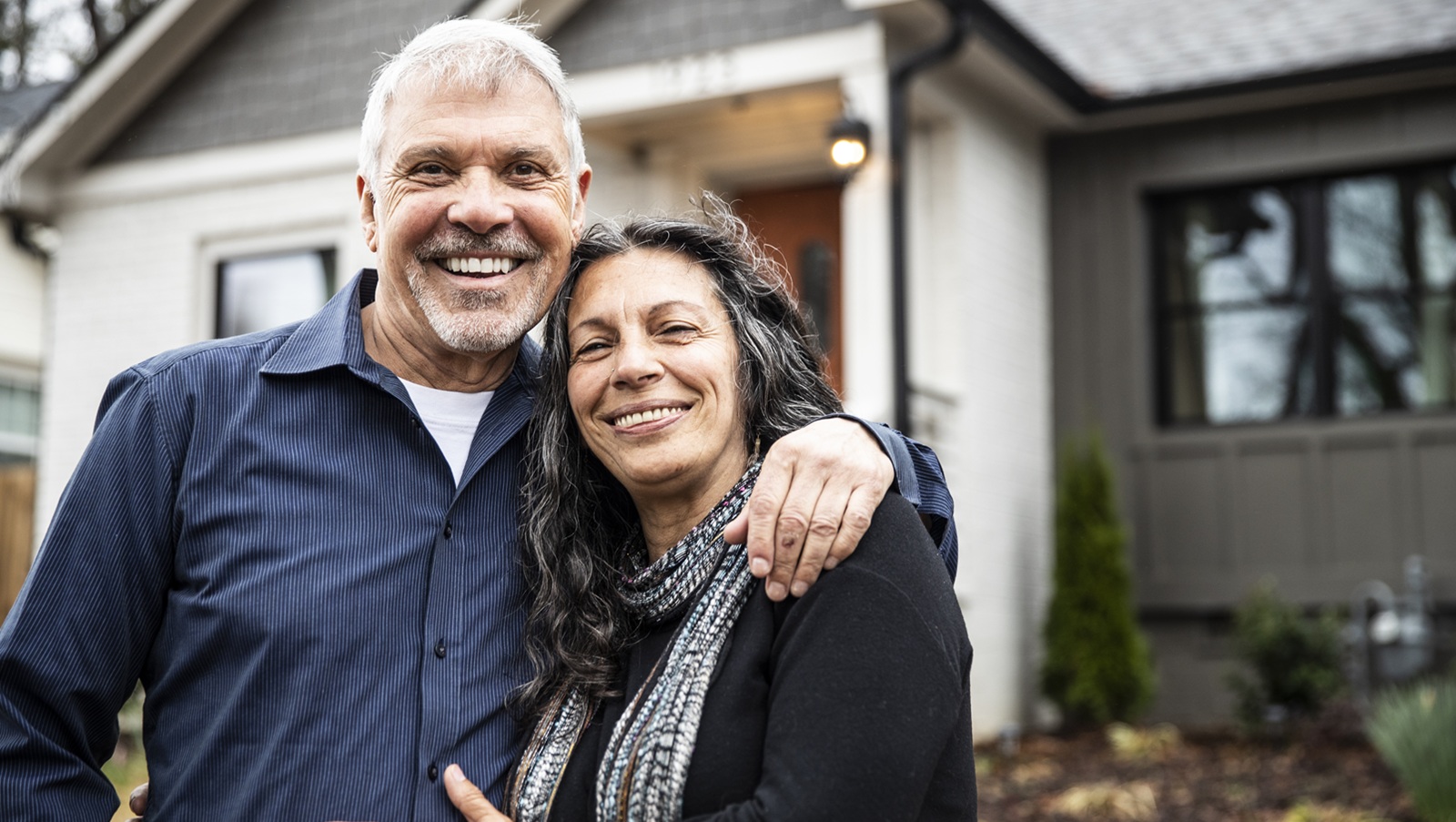 What Science Reveals About Money and a Happy Retirement
What Science Reveals About Money and a Happy RetirementWhether you’re still planning or already retired, these research-based insights point the way to your best post-work life.
-
 How to Leave Different Amounts to Adult Children Without Causing a Rift
How to Leave Different Amounts to Adult Children Without Causing a RiftHere’s how to leave different amounts to adult children without causing a family rift.
-
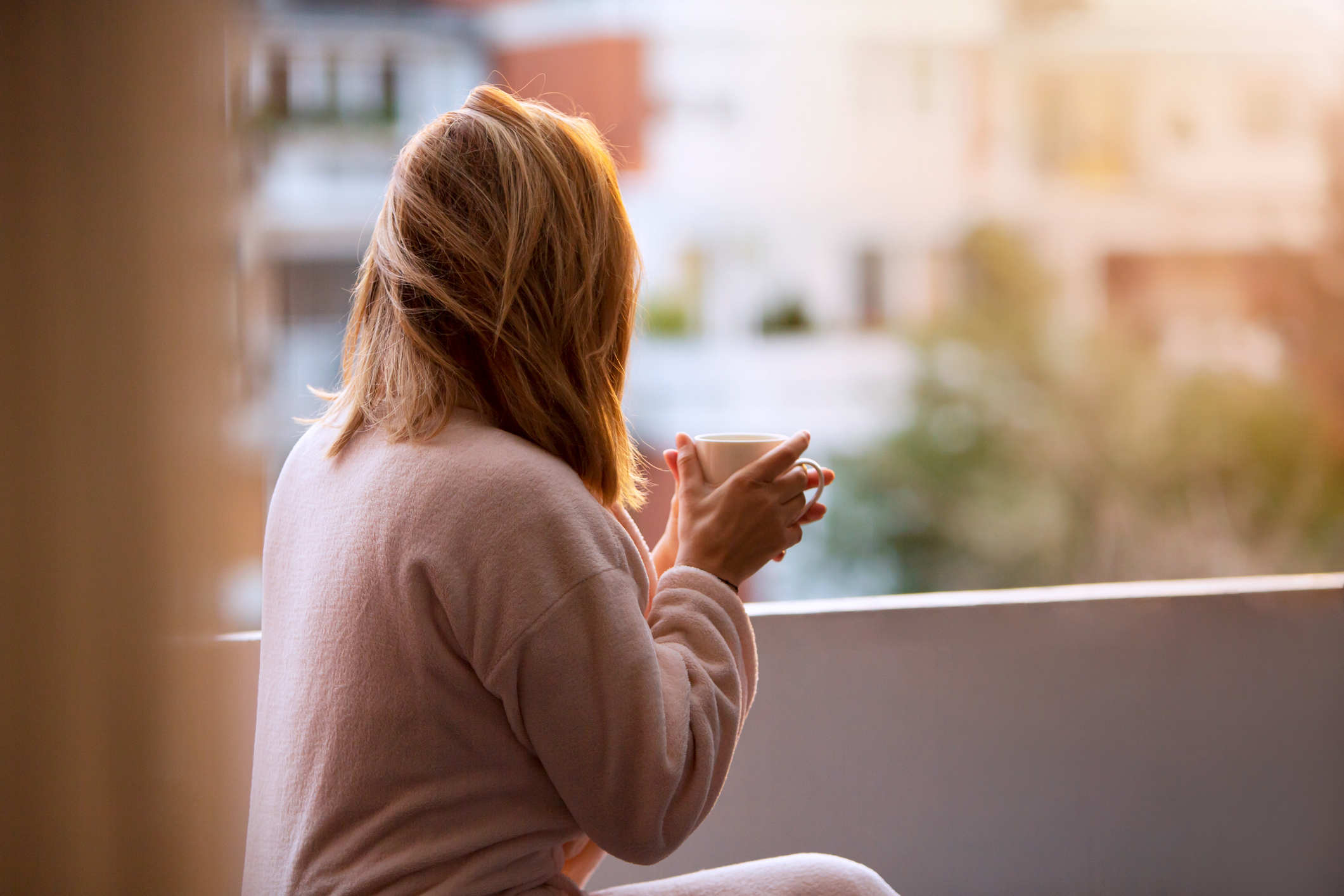 My Retirement Learning Curve, 1 Year In
My Retirement Learning Curve, 1 Year InA retiree checks in with what they wish they knew early on and what they've changed about their plan one year in.
-
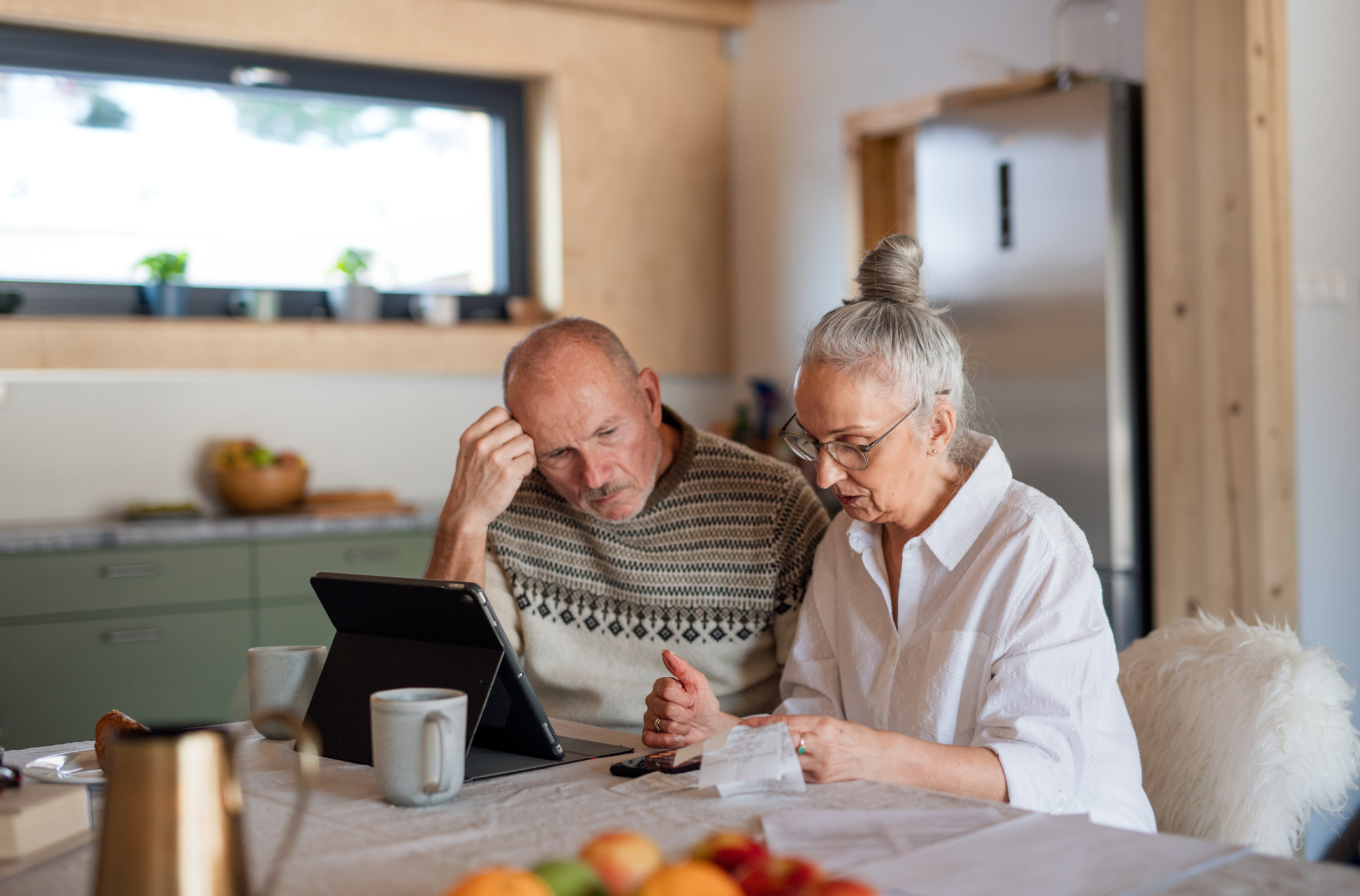 3 Ways to Stretch the 2026 Social Security COLA For Your Budget
3 Ways to Stretch the 2026 Social Security COLA For Your BudgetThree steps retirees can take to stretch the Social Security COLA to fit their budgets.
-
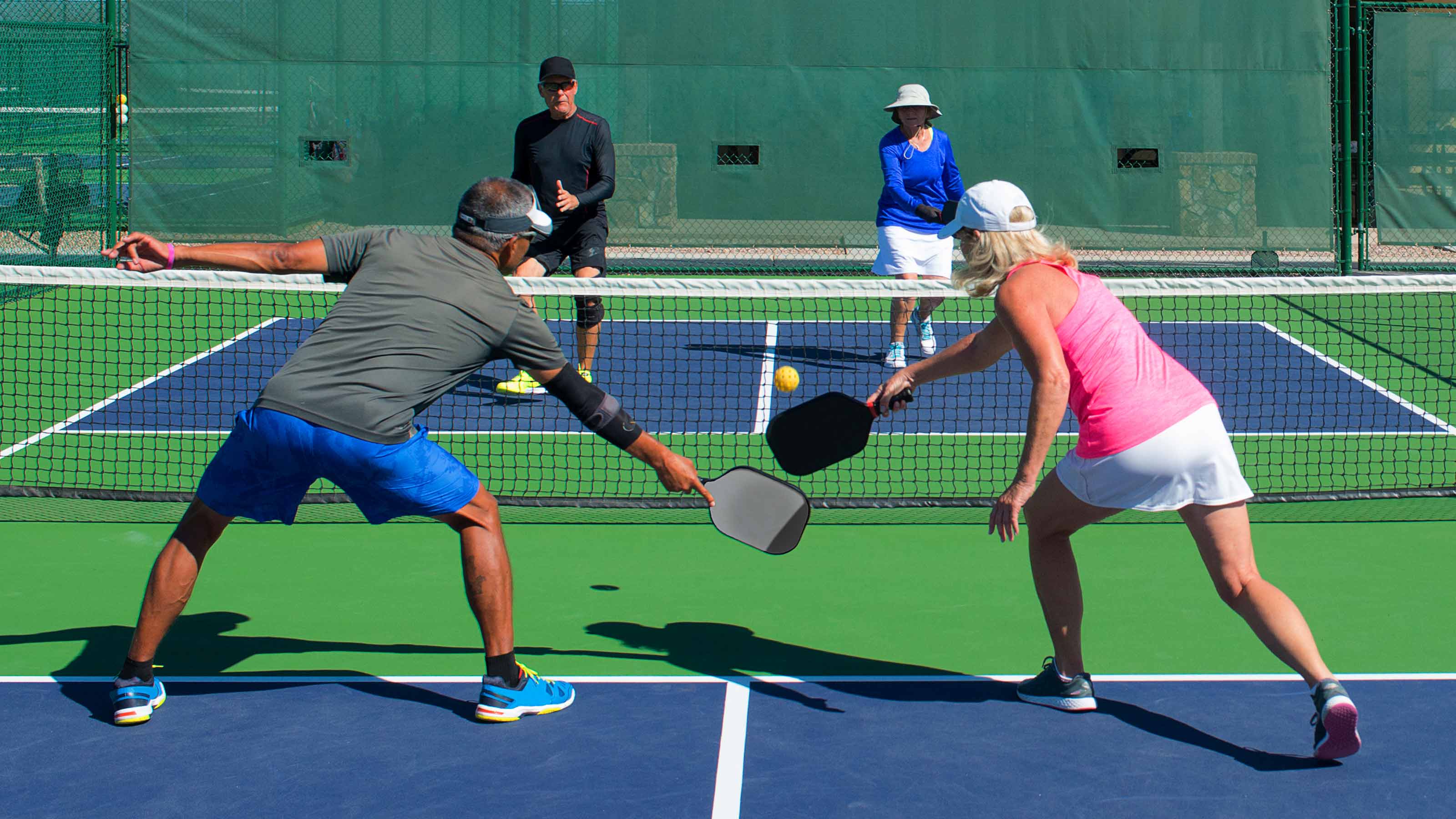 Pickleball Injuries are Getting Out of Hand for Some Adults
Pickleball Injuries are Getting Out of Hand for Some AdultsAs more older adults take up pickleball, injuries are on the rise. Here's how you can lower your risk and still have a ball.
-
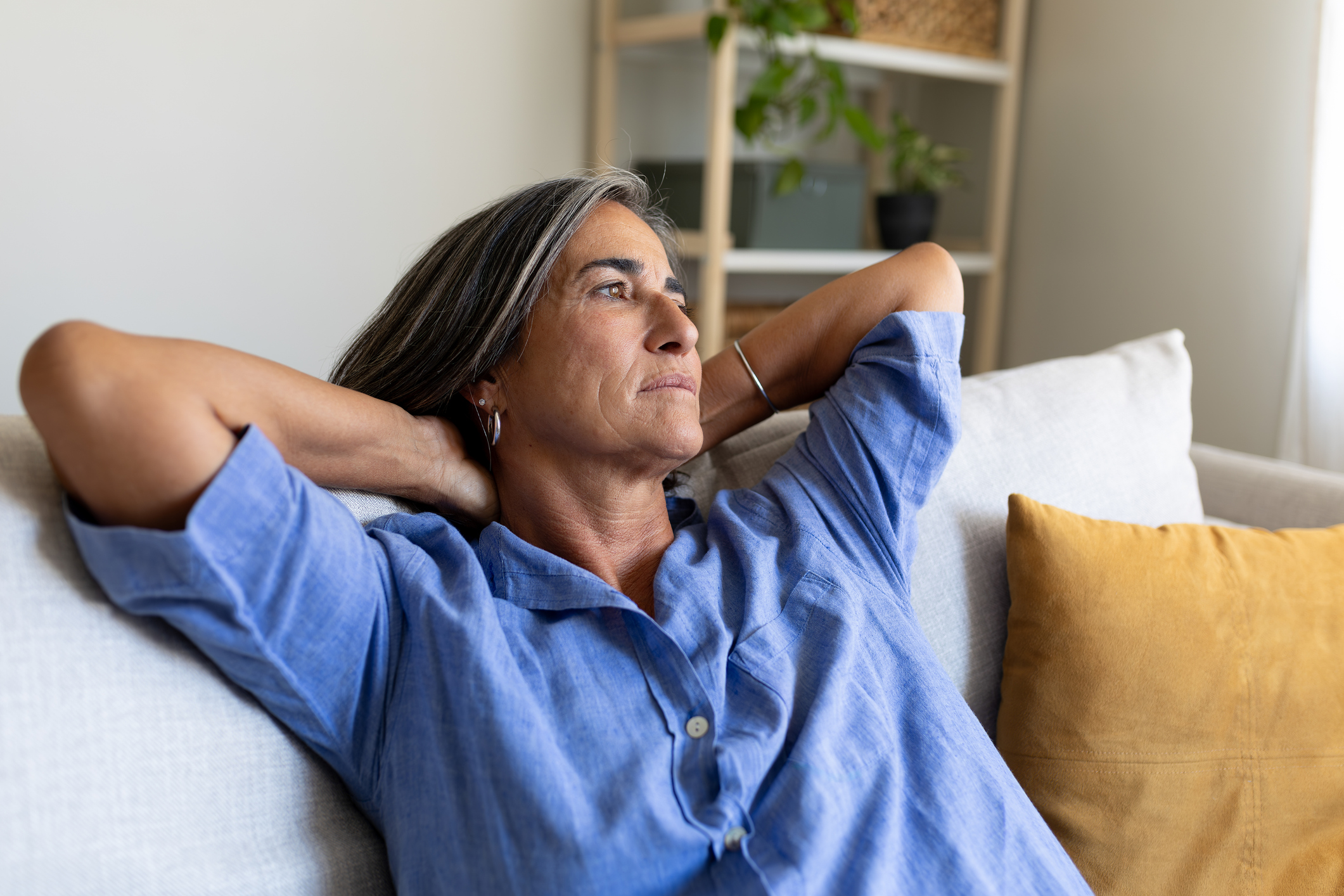 Are You Prepared to Live Longer? MIT AgeLab Answers Questions
Are You Prepared to Live Longer? MIT AgeLab Answers QuestionsA new measure of longevity readiness indicates that for many Americans, the answer is no — and suggests what is needed to get on track.
-
 Government Research Cuts Hit Older Adults
Government Research Cuts Hit Older AdultsThe Trump administration has slashed funding for medical research, delaying some treatments and cures for health conditions affecting retirees.